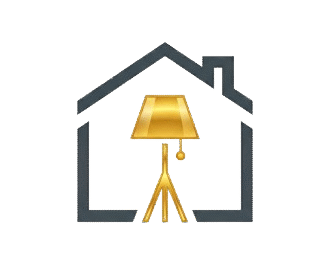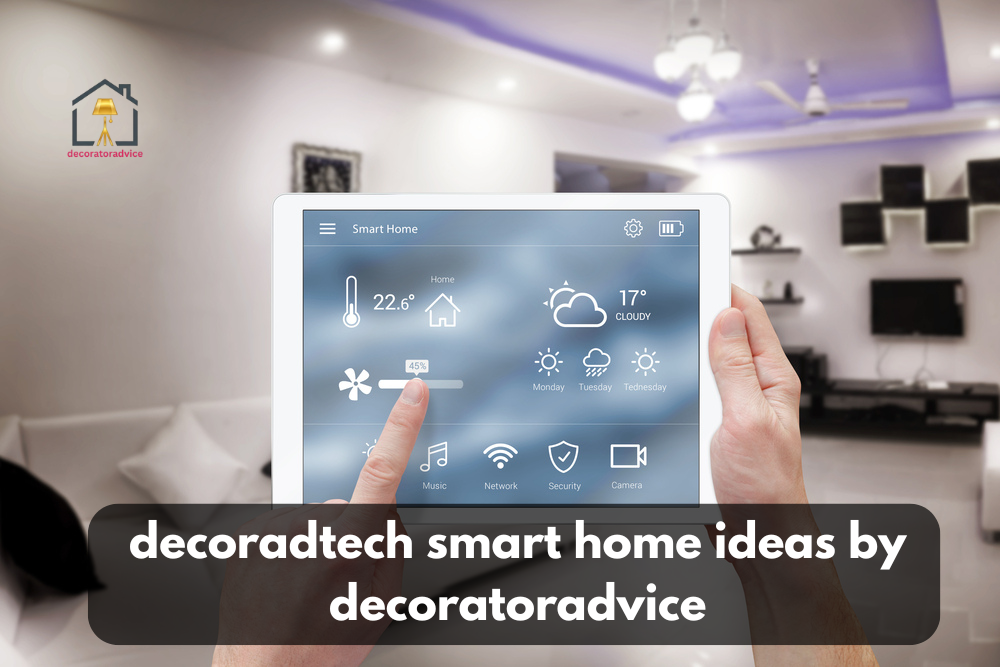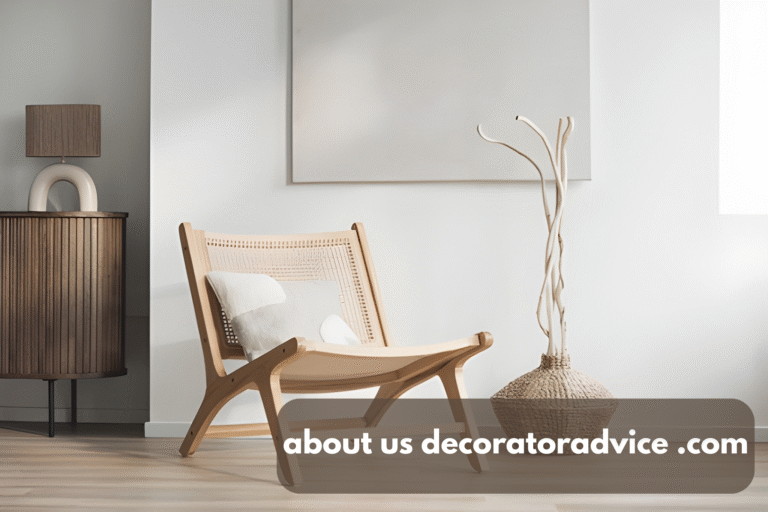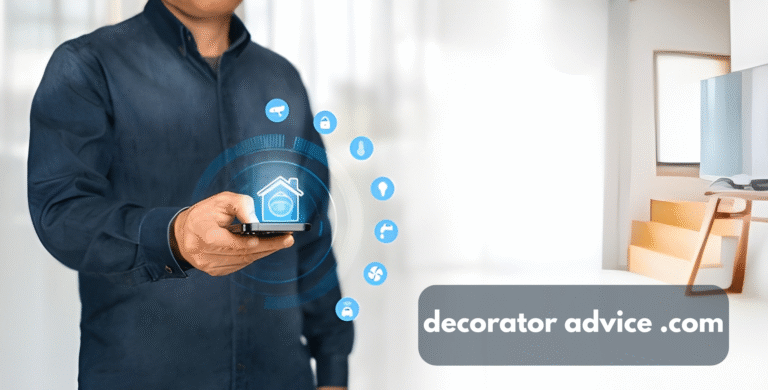10+ Best Decoradtech smart home ideas by decoratoradvice
Smart home technology can make a house work better and feel nicer. This article shares decoradtech smart home ideas by decoratoradvice that blend design with useful tech. The aim is simple. Give clear ideas you can use right away. It will cover lighting that sets mood, thermostats that learn, privacy-aware security, kitchen tools that save time, and ways to hide hardware so rooms look calm. Each section shows practical steps, real examples, and a design note so tech does not spoil the look.
The content uses trends, energy data, and industry findings to keep advice reliable. Expect easy-to-follow tips for homeowners in the United States who want smart features with clean style. The phrase “decoradtech smart home ideas by decoratoradvice” appears naturally through the text to keep the focus clear and consistent. You can also explore more ideas at https//decoratoradvice.com if you want extended guides.
Smart Lighting That Shapes Mood and Saves Energy
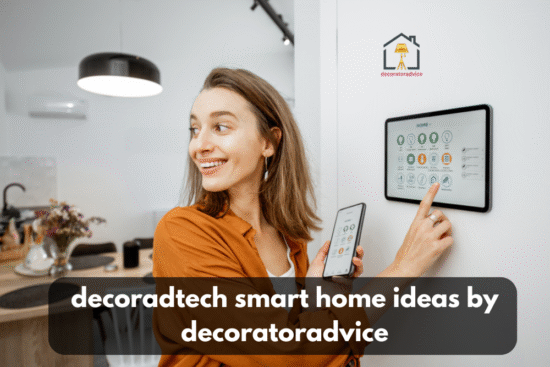
A well-lit space has a different vibe. You may alter the color and brightness of smart lighting and bulbs without having to rewire them. Use warm white for living spaces and cooler white for work areas. Create scenes that match common activities. A reading scene should be brighter and focused. A dinner scene should be softer and warmer.
Smart bulbs cut wasted energy when paired with schedules or motion triggers. Add timers to lights in hallways and bathrooms to stop long run times late at night. Pick fixtures that match your style. Use recessed LED cans for a minimal look. Choose pendant lights with clean lines when you want a focal point.
Examples help decide what to buy. Color-adjustable LEDs are useful in living rooms that serve many purposes. Tunable white bulbs work well in kitchens. Smart dimmers that fit existing wiring keep switches tactile while giving app control. For renters, use plug-in smart lamps and smart plugs to avoid permanent changes.
For more decoration tips decoradhouse from decoratoradvice, plan each layer with the room’s main activity in mind.
Smart Climate Control and Thermostats That Learn
A smart thermostat is one of the clearest upgrades for comfort and cost savings. Modern models learn patterns, use geofencing, and adapt to weather changes. Certified models cut HVAC runtime and may lower bills in many climates.
Check HVAC compatibility before purchase. If you want simple set and forget, choose a learning model. If you want manual control but remote access, pick a basic Wi-Fi thermostat. Compatibility with your voice assistant and hub matters for smooth integration.
Pick a thermostat with a finish and screen that blends with the wall. A clean white device on a mid-tone wall reads as an afterthought. The slim black or white panel currently set in a frame that dwarfed it gave an impression of a deliberate effort. Match the thermostat finish to nearby trim or hardware. This approach reflects decoradtech smart home ideas by decoratoradvice and draws on practical insights from decoratoradvice .com home to keep tech stylish.
Voice Control and Whole Home Coordination
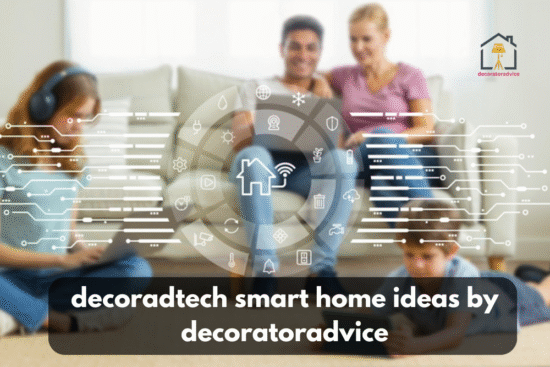
Voice control is familiar in many American homes. You may use a smart speaker for lighting, music, and routines. Voice works best for tasks like lighting, timers, and music. For sensitive functions like unlocking doors, use multi-step checks or require app confirmation.
Keep interactions simple. Use short phrases for the routines you use every day. Assign hubs or speakers to zones instead of trying to control every device from a single point.
Design tip. Keep speakers small or hide them inside built-in shelving. Many modern speakers have finishes that match wood or fabric. For hi-fi sound, choose in-wall or in-ceiling units that disappear from view. For casual music, a compact smart speaker placed on a low shelf reads as decor when paired with a small plant.
This setup fits within the broader decoradtech smart home ideas by decoratoradvice plan that even the latest decoratoradvice .com guides emphasize.
Smart Security That Balances Safety and Privacy
Security tech must protect without turning a home into a surveillance showroom. Cameras, motion sensors, smart locks, and video doorbells all increase value.
Placement matters more than brand. Put a camera where it sees an entry point but not a neighbor’s window. Use doorbell video only for front access, and keep interior cameras limited to shared spaces when guests are present.
Privacy practices include local storage when possible, strong passwords, and two-factor authentication. Read the storage policy and default settings. Many devices default to cloud recording, so change those defaults if you prefer local control.
Combine a video doorbell with a motion light and a concierge routine from your hub. That gives you real-time alerts, a light when someone approaches, and a clear recorded clip if needed. Choose finishes that match trim or hardware so they look like a planned detail rather than a device stuck on. This is one of the essential decoradtech smart home ideas by decoratoradvice that also appears in about decoratoradvice .com discussions of home security.
Smart Kitchen Tools That Speed Chores
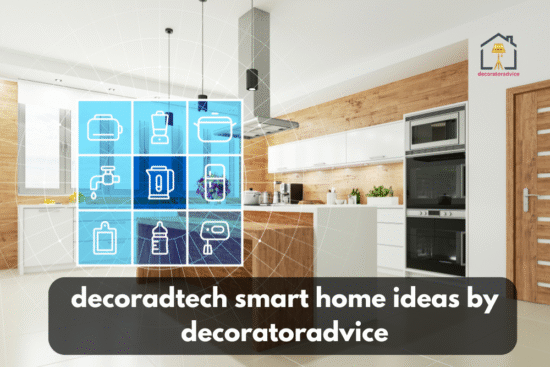
Smart kitchen devices save time when they automate small tasks. Preheating a smart oven while you’re on the way home saves time. A smart fridge that flags groceries near expiration helps reduce waste. Robotic vacuums keep floors tidy with schedules.
Real-world value comes from choosing tools that replace a pain point. Match the finish and scale. A large smart fridge in a small kitchen will dominate the space. Pick appliance faces and hardware that align with cabinet tones so the tech reads as part of the room.
Place charging and staging areas inside a pantry or in a pull-out drawer. That hides cords and keeps counters clean. This is a practical piece of decoradtech smart home ideas by decoratoradvice often highlighted by decoratoradvice com for its blend of style and function.
Automated Window Treatments and Daylight Design
Smart shades and blinds change the room with light and privacy. Programmed schedules can lower cooling load in summer and keep morning glare out of screens.
Battery-powered motors work for retrofits. Wired motors fit best in remodels. Pair a light sensor with your shades so they move based on sun position instead of fixed times.
Many homeowners take inspiration from ideas shared by decoratoradvice .com partners when choosing fabrics or systems. Use the same fabric family for casual rooms to keep texture consistent. For a modern look, choose simple flat shades. Integrate tracks and valances so the hardware disappears.
Whole Home Audio and Immersive Listening
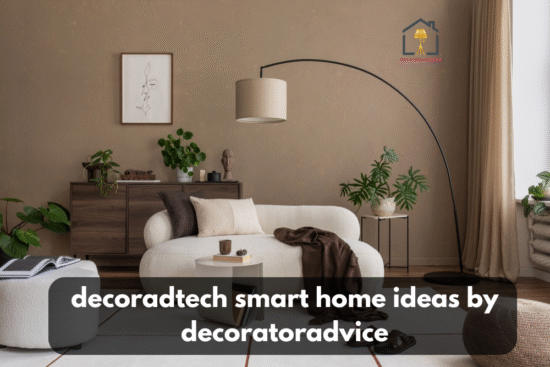
Whole-home audio can play background music through multiple rooms. Plan speaker placement around room function.
Wired systems preserve bandwidth and avoid dropouts during peak usage. When wiring is not an option, use mesh-enabled wireless speakers.
Match speaker grilles to wall or ceiling finishes so the system has a low visual profile. A small area of visible wood or fabric can make a speaker read as furniture rather than a device
Hidden Tech and Clean Design Integration
Hiding tech is about planning. Put hubs and routers in ventilated cabinets that have hidden cutouts for cables. Use furniture with built-in charging to keep devices off counters. Run cables in walls during remodels to avoid exposed cords.
For renters, use attractive boxes, baskets, and covers that echo room materials. A fabric-covered box for a router keeps it neat without blocking airflow. Hide a small bridge under a console table with a lamp on top to disguise the hub.
Treat tech pockets as future-proofing. When you include a powered drawer, add extra outlet capacity and a short Ethernet run.
Energy Monitoring and Simple Savings
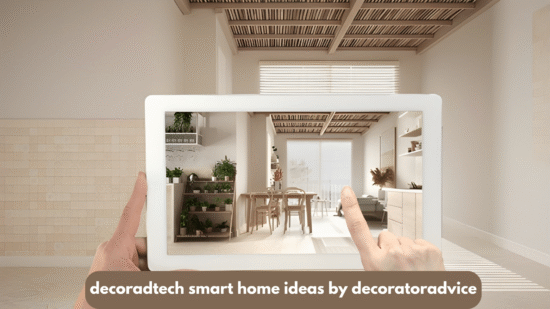
Energy monitoring helps smart homes become efficient. A smart plug can track a single device. A whole-house energy monitor shows patterns and identifies high use.
Data helps you pick the most effective upgrades. For example, HVAC and water heating are often the biggest bills, so monitoring those systems clarifies where savings matter most. Use certified devices when the goal is verified energy performance.
Accessibility, Wellness and Health-Focused Tech
Smart home tech can support health and daily living. Motion lights reduce falls by lighting paths at night. Voice routines simplify sequences for people with mobility limits. Air quality monitors track particles so you can respond to poor indoor air.
When selecting health devices, prefer validated sensors and clear data policies. Use wipeable surfaces for devices in high-touch zones. These are thoughtful decoradtech smart home ideas by decoratoradvice that help homes serve people better.
Compatibility Setup and Phased Upgrades
Go step by step. How should I proceed? Start with one room and have a clear goal. For example, add a thermostat for comfort, add a bulb for lighting, and add a doorbell for security. Once you want to expand into hubs and automation, do so.
Decide on a core platform early. Choose a hub that supports Matter and major voice assistants if you want future proofing. Use mesh Wi-Fi for broad coverage in larger homes.
Final words
These decoradtech smart home ideas by decoratoradvice are about balance. The right device must solve a real need and fit the room. Start small, choose compatible systems, and plan the look as well as the function. Smart lighting, smart thermostats, careful security, and hidden tech integration deliver the most visible benefits. When you design with intention, the tech fades and the home feels calm and simple.
